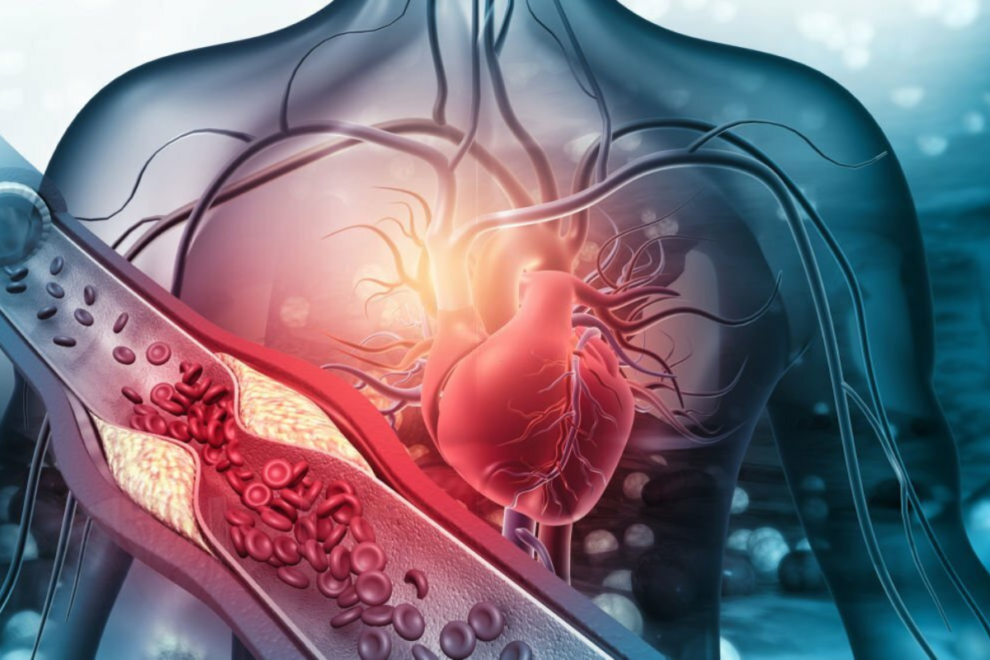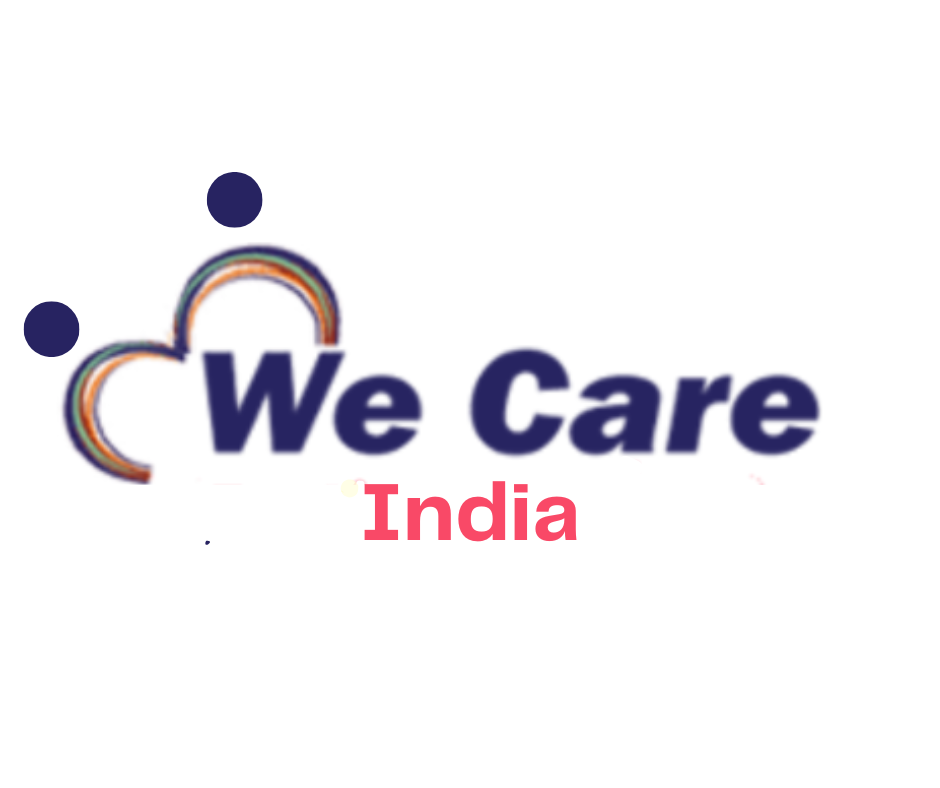Vascular Surgery Cost in India
India's healthcare system delivers affordability and excellence at the same time, making it a favourable destination for patients worldwide. Here, every procedure is a step toward recovery and renewal, offering comfort to families and individuals during challenging times.
As you take a step towards the healing journey remember: “Where there is hope, there is healing.” With India’s expertise and empathy, you’re not just choosing treatment; you’re choosing a second chance at life.
Discover the promise of advanced Vascular Surgery Cost in India, where care meets compassion and hope becomes reality.


Free Doctor opinion

Personalized care with a warm interaction with the patient
- Achieving outstanding success rates through our dedicated care approach.
- Equipped with the latest technology to ensure optimal treatment outcomes.
- Our expert team provides exceptional healthcare with experience.
- Offering 24/7 assistance for your health needs and concerns.
- Providing quality treatment at reasonable costs for every patient.
- Contact us Email ID:[email protected]
- Call us: +91 9029304141
What is vascular surgery?
Vascular surgery is a medical speciality that focuses on diagnosing, treating, and managing disorders and diseases affecting the blood vessels, arteries, and veins. Vascular surgeons are trained to treat a wide range of conditions, from routine procedures to complex surgeries. The goal of vascular surgery is to restore blood flow, alleviate symptoms, and prevent complications associated with vascular diseases.
The procedure of vascular surgery comes with various procedures in India that are listed below:
Aneurysm repair: Treating abnormal enlargements of blood vessels, which can lead to life-threatening bleeding.
Bypass surgery: Creating narrowed blood vessels to restore blood flow.
Angioplasty and stenting: Using balloons and stents to open blocked or narrowed blood vessels.
Varicose vein treatment: Removing or closing off abnormal veins that can cause pain, swelling, and skin ulcers.
Carotid artery surgery: Treating narrowed or blocked carotid arteries to prevent stroke.
Peripheral artery disease (PAD) treatment: Managing conditions that affect blood flow to the legs, arms, and other areas.
Aortic surgery: Repairing or replacing the aorta, the largest artery in the body.
What are the benefits of vascular surgery in India?
Vascular surgery comes with several number of beneficial points that are listed below:
- Vascular surgery improves the blood flow
- It helps in the reduction of pain and discomfort.
- It is a preventive measure
- It enhances the quality of life
- It is also beneficial in improved mobility.
Vascular surgery cost in India
It is crucial to understand that the cost of vascular surgery in India varies in different cities, hospitals, etc. The cost of vascular surgery in India is quite affordable. The average expense of vascular surgery like AV fistula or thrombectomy ranges from 20k to 1.5 lakh. However, other factors are also present that can affect the cost of vascular surgery in India such as the type of surgical procedure, hospital amenities, surgeon’s skills and expertise, medication fees, consultation fees, medical procedure charges, implant charges, stents fees, balloons charges, pre-operative assessment charges, post-operative care and support, etc.
The following table gives you the average cost of vascular surgery in different states of India:
Vascular surgery in different states of India | Vascular surgery cost in different states of India |
Vascular Surgery in Bangalore | Up to 1.19 lakh |
Vascular surgery in West Bengal | Up to 1.66 lakh |
Vascular surgery in Delhi | Up to 1.24 lakh |
Vascular surgery in Maharashtra | Up to 2.2 lakh |
Vascular surgery in Gujarat | Up to 1.28 lakh |
Vascular surgery in Hyderabad | Up to1.76 lakh |
Vascular surgery in Pune | Up to 1.14 lakh |
Vascular surgery in Uttar Pradesh | Up to 1 lakh |
Vascular surgery in Assam | Up to 1 lakh |
Vascular surgery in Jharkhand | Up to 1.2 lakh |
The above cost is the estimation which is taken by combining two of the most common expenses (AV fistula & thrombectomy). So for actual cost range and more details contact us via our website info. Visit our site. Go to the contact page and find our contact us details. At last, contact us and get a consultation from highly qualified doctors.
Factors affecting Vascular surgery cost in India
Several factors affecting the vascular surgery cost in India are mentioned below:
Type of procedure: vascular surgery comes in several categories or procedures. For instance, Aneurysm repair, Bypass surgery, Angioplasty and stenting, Carotid artery surgery, etc. These different procedures have different charges that can add up to the cost of vascular surgery in India.
Hospital category: Top vascular surgeons often work in recognised hospitals that can deliver you the best quality of treatments without any complications. So these types of hospitals have high-quality facilities that are added up in the cost of vascular surgery in India.
Surgeon’s experience: A surgeon or doctor with a high level of success rate or education charges more as compared to other doctors or surgeons.
Previous medical conditions: if the individual has previous medical conditions so for that person extra medical services are provided and it can increase the cost of vascular surgery in India.
Use of advanced technology: many recognised hospitals in India use the latest or advanced technology to treat patients. The uses of advanced technology also increase the cost of vascular surgery in India.
Comparing the cost of vascular surgery in India with other countries
In recent years, India has emerged as a healthcare hub, especially specialised in vascular surgery. When it comes to comparison of the vascular surgery cost with the Western countries then you will find India has affordable cost. Western countries’ cost of vascular surgery is quite expensive. Here, India’s vascular surgery cost varies on several factors but still, the cost is affordable and bearable for every individual facing the issue of blood vessels. Factors such as skilled professionals, advanced medical technology, and low surgeon or hospital costs attract patients from several countries in India for vascular surgery.
The following table helps you understand the cost of vascular surgery in different countries USD:
Vascular surgery in different countries | Vascular surgery cost in different countries (USD) |
Vascular surgery cost in the United Kingdom | Up to 15k USD |
Vascular surgery cost in Canada | Up to 10k USD |
Vascular surgery cost in Australia | Up to 10k USD |
Vascular surgery cost in India | Up to 500 USD |
Vascular surgery cost in Columbia | Up to 20k USD |
Vascular surgery cost in UAE | Up to 8k USD |
Vascular surgery cost in Turkey | Up to 5k USD |
Vascular surgery cost in Indonesia | Up to 3k USD |
Vascular surgery cost in Thailand | Up to 5k USD |
Vascular surgery cost in Malaysia | Up to 5k USD |
Vascular surgery cost in Kuwait | Up to 3k USD |
Vascular surgery cost in the Philippines | Up to 5.5k USD |
Vascular surgery cost in Germany | Up to 10k USD |
What’s the success rate of vascular surgery in India?
The success rate of vascular surgery in India varies on multiple factors including the skills and knowledge of the surgeon, age of the patient, previous medical condition, type of techniques used, hospital’s skills, etc. so the success rate of vascular surgery in India ranges from 70 to 90%. However, this success rate can increase or decrease based on the patient’s personal preferences and conditions. As each patient is different, their success rate can vary.
Why choose We Care India for Vascular surgery in India?
We Care India is the best medical service provider in India, and we take care of the patients along with the healthcare provider team. We have a medical team that works 24*7 to handle the medical cases. So feel free to contact us at any time as our friendly medical staff will help you with your medical enquiry. Pour highly qualified doctors work 6 days a week to diagnose your disease and assist you with one of the best treatments.
Moreover, our opening hours vary on different days. From Monday to Friday are different, Saturday timing is different and Sunday timing is different. Our trusted medical team offers personalised care. With the help of exceptional service, we ensure successful treatment. Our medical service provider centre is considered the top healthcare company that offers the best medications, treatment, surgical process, etc.
This centre offers several treatments or surgeries, such as vascular surgery, brain and spine, and cancer treatment. So, this medical centre is to make your future bright like the moon. With 25 years of experience in the medical sector, we offer top-notch quality performance to patients struggling with any type of disease. Our centre specialises in vascular surgery and offers smooth treatment.
Final thoughts
Understanding Vascular Surgery Cost in India is essential for those seeking vascular surgery in India. Vascular surgery has many procedures and benefits that we have already explained in the article. Apart from these things, knowing the cost is crucial as several expenses can influence the whole cost of vascular surgery. The factors affecting the cost include the hospital’s charges, specific procedure types, hospitals’ facilities, room selection, success rate charges, surgeon’s cost, consultation fees, etc.
India stands out as the cost-effective hub for all individuals facing the issue of blood vessels, etc. India offers the most affordable cost for vascular surgery as compared to Western countries. Apart from pocket-friendly costs, India offers high-quality treatment along with a high success rate.
FAQs (frequently asked questions)
What is the best hospital for vascular surgery in India?
We Care India is one of the best centres that offers vascular surgery in India. This centre has several facilities that can provide successful results, such as advanced technology, experienced doctors, and several years of experience. This centre ensures that you can live a happy lifestyle by keeping your body healthy.
What is the cost of vascular surgery in India?
The cost of vascular surgery in India ranges from 20k to 1.5 lakh. This cost can increase or decrease based on multiple factors such as the location of the hospital, success rate of the hospital, surgeon’s cost, consultation charges, type of procedure used for vascular surgery, etc.
Which country is best for vascular surgery?
India could be the best for vascular surgery. Here, all the facilities are available to make vascular surgery successful. India has enhanced medical services with experienced surgeons and doctors who ensure top-notch quality services.
What is the success rate of vascular surgery in India?
The success rate of vascular surgery ranges from 80 to 96% depending on the case of the individual. Usually, the factors that are included in the success of vascular surgery are the surgeon’s experience, the infrastructure of the hospital, the use of technology, the type of procedure, etc.
Is vascular surgery very painful?
No, it is not painful as an expert surgeon does the treatment with proper procedures and medication. Moreover, there’s a drug called anaesthesia is provided to patients to make the process painless and reduce the discomfort. Hence, ensures smooth operation.
Read Also:-
Committed To Build Positive, Safe, Patient Focused Care.
High Quality
Care
Home Review
Medicine
All Advanced
Equipment
Book An Appointment

At We Care India, we offer complete medical services for your entire family, from routine check-ups to injury care, ensuring personalized attention and expert assistance for all your health needs.


